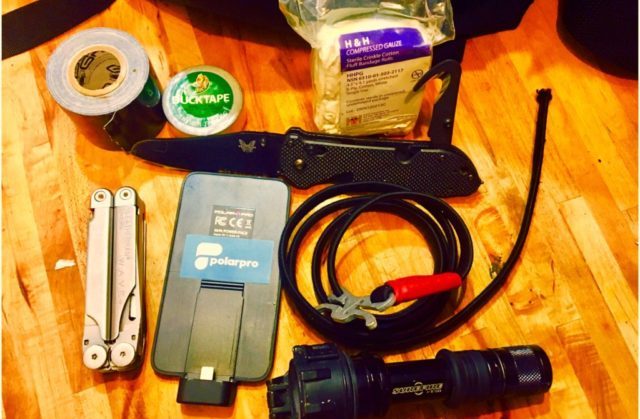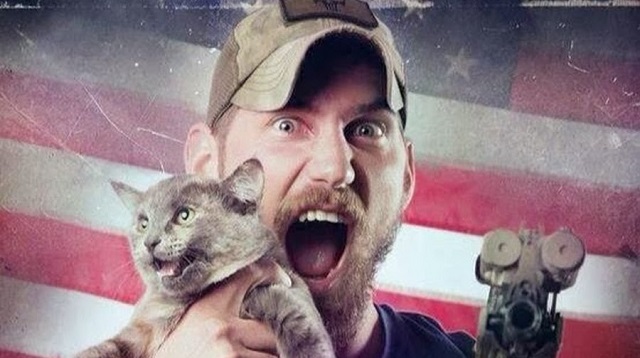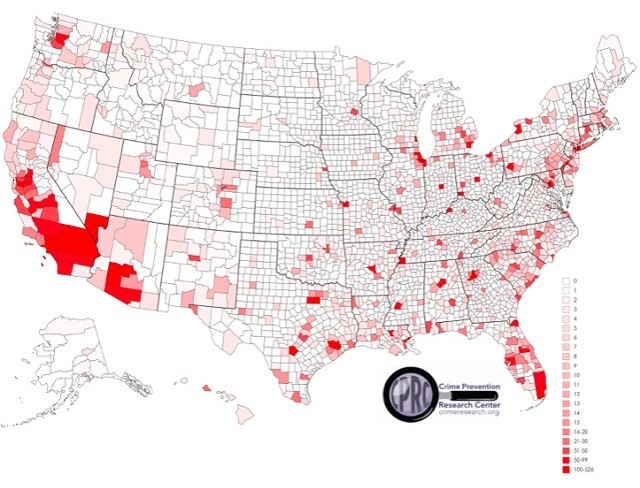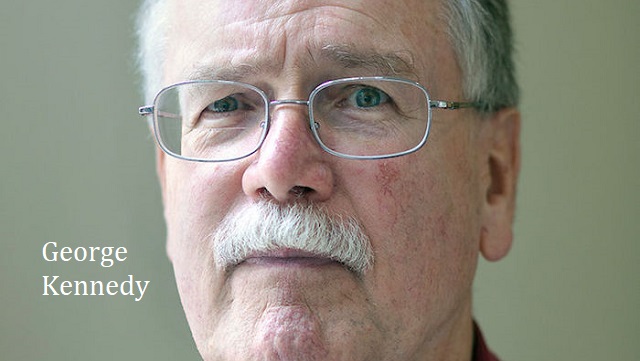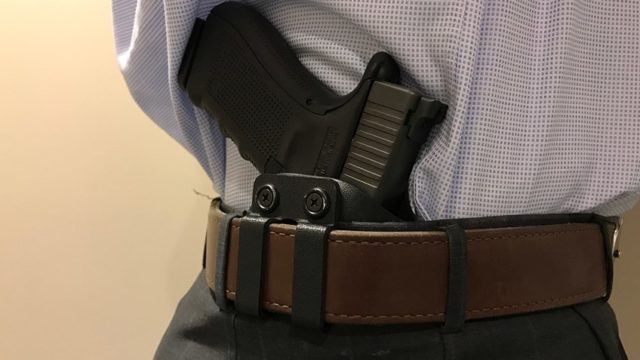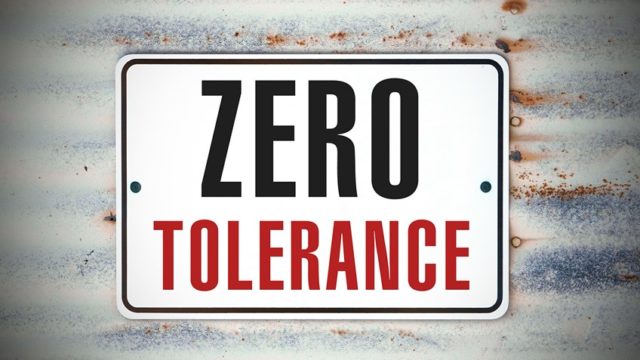The Everyday Guide to Everyday Carry
Let’s have a frank discussion about EDC, the everyday carry. The internet is overflowing with pictures, threads, and suggestions from self-proclaimed experts on the subject. I have never considered myself a subject matter expert on EDC; however, much like Liam Neeson, I have had a unique set of life experiences and skills that may give some credibility to what I have to say. I am a member of the Special Operations community. I have carried concealed weapons and mission essential equipment when lives have depended on it. I have protected diplomats all the way up to the vice-president of the United States. I am a qualified and current Advanced Tactical Paramedic, certified by Special Operations Command. I have treated life-threatening trauma at both the point of injury and at higher echelons of care. I teach various tactical skills to militaries, government employees, law enforcement, and private citizens. Lastly, and perhaps most important, I am in a constant state of learning in order to employ and teach the latest science, tactics, and techniques based on research and events.
Let’s strip away, the shemaghs, infidel t-shirts, and talk about what works. This will not be a conversation about what pistol to carry (Glock 19). That is a forum unto itself. Today I will tell you what I carry and why. I will tell you what I think you should carry and why. This writing has zero product placement or endorsement of any kind. This is all my opinion. My opinion is probably better than yours. Buckle up.
EDC should not be about your gear. I know, that sounds counter-intuitive. Bear with me. There are multiple reasons we should not be dependent on our equipment. The biggest reason is that our environment does not typically allow us to carry the equipment we would like to. Anyone who drives in the Northern Virginia or West Virginia area knows this frustration. Drive across the wrong bridge and you are instantly transformed from a responsible law-abiding citizen to a felon. This concept applies everywhere. Can you carry a pistol in a bank? What about picking your kids up from school? Auditoriums, ball parks and other venues of mass congregation are typically no-carry zones. Every place I just listed are also historically targets for violent crime or terrorism. Your EDC needs to start with your thinking, not your gear. It is possible to go out and have a good time and still be situationally aware.
“Your EDC needs to start with your thinking, not your gear.”
Here’s some homework: without being the overly sensitive veteran who just has to have his back to the wall in a corner booth, go out to a coffee shop or a bar. Order your drink, sit down, and observe. How many entrances and exits do you see? Can you get to them in a timely manner? Does the bathroom lock? Where do people park? Is there anything stopping a vehicle from driving through the entrance? Is there security? How many? What, if anything, are they carrying? What are they looking at? Do they have communication? What are people around you wearing? Look at hands and shoes. Hands can show intention. Shoes can show planning (you ever hear of anyone robbing a bank in flip flops?). Now try the same thing in a mall. Do this exercise a few times and you should notice your situational awareness in public settings increase. You may be amazed what you’ve never noticed. *Note: don’t do this exercise in a bank unless you want to answer some uncomfortable questions.
Your Bag
Unless I am trying to present the picture of a tactically prepared individual, I do not carry anything in Coyote Brown, Multicam, or other tactical colors. Similarly, I stay away from bags that have molle loops and more velcro than I have morale patches for. This is a personal choice. I know my training. I know what capabilities I have. I prefer that to be a surprise to anyone that needs to bear the brunt of that training. I have two bags that I normally use for my EDC. Neither are designed for this purpose, but they work well. The first is my Timbukt2 laptop bag. Women generally have an advantage over men in EDC as it is normal for a woman to carry a purse. Well, my man purse…satchel…has been in some pretty sketchy areas and has held everything from a side arm to a full chest rack. I find the top zipper particularly useful as I do not have to open the flap to draw my weapon. My second bag, a small Mountain Hardware padded ruck, also is meant to be a laptop case, and also has fast access via a zipper. Both of these bags have traveled the world with me. Neither has ever raised suspicion. When selecting your bag, go through this short checklist:
- Will I carry this?
- Can I get to what I need in a hurry?
- Does it have enough pockets to segregate my kit?
- Does it have so many pockets that I don’t know where anything is when I need it?
- Is the construction durable enough to stand up being carried everyday?
Your Tourniquet
Why do you not have a tourniquet? You have a full basic load and a four-hundred dollar reflex sight, but you didn’t drop a few bucks on a tourniquet. Look at that, you’ve made your little sister cry. Dammit Daryl. Here a few down and dirty facts:
- You can bleed to the point of no recovery in 3-5 minutes from an arm or leg wound.
- You will not lose your limb simply because you applied a tourniquet.
- Improvised tourniquets will likely take longer to gather and build than 3-5 minutes
- Your belt is not a tourniquet.
- Tourniquets save lives.
Now that we’ve established that you need a commercially produced one-handed tourniquet, the harder decision starts. The online tourniquet battle about what is best or what is crap is pretty heated. There are more people making comments about tourniquet effectiveness than are actually applying tourniquets. I’ll let you in on a secret: applied correctly, they all work. Every one of them. Anyone who tells you otherwise hasn’t used the product or is selling a product. Like every medic, I have my preferences. I feel a Combat Application Tourniquet (CAT) is more reliable on the average arm and has a faster application time than the Special Operations Forces Tactical Tourniquet – Wide (SOFTT-W). The exact opposite is true for the leg. I know that both of these tourniquets require a minimum limb circumference for effective application, i.e. it may not work on your kid. The Stretch Wrap And Tuck Tourniquet (SWAT) will work on your kid or your dog, but good luck applying it to yourself with one hand. The Rapid Application Tourniquet (RATS) is fast and, on most limbs, effective.
In the interest of integrity, I need to disclose that I not only know the inventor of the RATS, but we served together. I count him as a friend. There is both political and medical controversy over this device. It is unwarranted and gets in the way of saving lives. I had my doubts about the RATS when it was first shown to me. For educational purposes, I had the RATS tested by Special Operations Medics using Doppler Radar to detect a distal (away from the heart) pulse. Applied to the arm, the RATS was 100% effective in eliminating a pulse. On the leg, the pulse was diminished, but not fully eliminated. The test subject was a Navy SEAL with “tree trunks for legs.” I have trained thousands of individuals in the use of tourniquets. What I have seen, without bias, is that the layperson is able to apply a RATS tourniquet faster and more effective than any other commercial tourniquet. After training, most students opt for the RATS over other commercial tourniquets. Again, this is not bias. This is what I have seen (called “empirical evidence” in the medical community).
I carry multiple CAT and SOFTT-W’s in my vehicles and aid bags. My EDC has the RATS. Based on what I have seen with my students, I recommend it for your carry.
Regardless of which tourniquet you choose, have it staged for easy access with one hand, and ready for one-handed application. Take the tourniquet out of the wrapper. Adjust the slack (big for the CAT, smaller for the SOFTT-W, three finger for the RATS) for one-handed use. Watch the manufacturer’s videos. Practice, practice, practice. I have trained government employees that refuse to recognize violence is a real thing to the standard of a 15-second application. Shoot for that standard. If you are carrying a CAT, ensure that the CAT you are training with is not the CAT you are expecting to control actual hemorrhage. The parts are made for single use and weaken under torque. Buy a blue CAT for training and a black or orange CAT for real-world use.
Other Medical Supplies
I prefer to keep it simple in my EDC. I could easily make my EDC into an aid bag. I don’t want that. That’s why I have an aid bag. One pack of compressed gauze and a small roll of duct tape are enough to fix everything from a large laceration to detaining a dirt bag till I get to more supplies. I don’t have a preference for untreated gauze. Hemostatic agents are a longer discussion for another post. If you are carrying medical tape for anything other than making a name tag, go ahead and slap yourself. I’ll wait. Medical tape, despite it’s purpose, does not stick well to wounds or anything wet. I carry a small roll of Duck Tape purchased at Home Depot and a roll of Gecko Tape from North American Rescue Products. Pro-tip: if the tape is open, dog ear it. You will be shaky and limited to gross motor skills under stress. Not being able to find the end of your tape costs cool points.
If you choose to carry a commercial dressing in your EDC, I recommend the Olaes Dressing from Tactical Medical Solutions. The dressing has multiple uses in one package. The gauze can be removed from the dressing to pack wounds. A small sheet of plastic can be removed to seal chest wounds. The elastic bandage has velcro strips sewn in increments to counter shaky-operator syndrome. A side-note personal soap box on the Olaes: the dressing is named after my friend and classmate SSG Tony Olaes who was killed in action in 2004. He pronounced his name Oh-Lie-Es. Please do the same. Thank you.
Knife
Your knife needs to be sharp, durable, and short enough that it won’t be confiscated at a security check-point. Everything else is sprinkles on the ice cream. I carry a Benchmade Triage because of the blade quality, the rescue hook, the glass breaker, and because I didn’t have to pay for it. It is worth the nearly $200 price tag, providing you’re not prone to leaving it with the bouncer at a West Virginia strip club (can I get that back? Asking for a friend.) I also carry a Leatherman Wave for all my multi-tool needs. I do have bias on these brands, as all three of us are from Portland.

Not every light needs to be tactical to be useful. This $5 LED light has multiple functions and affixes to metal for hands free use.
We have also proven ourselves on the job.
Light (Flashlights/Tactical Lights, etc.)
Flashlights are similar to knives, in that you can lose it faster than the hours it took you to make enough money to buy it. I have been carrying the same Surefire Z2 Combat Light for 10 years. It’s durable, fist size, and has worked every time I needed it to. I’m sure there are better, newer lights out there, but I haven’t needed to find out. I also carry a five buck construction job site light I bought in the checkout line at Home Depot. It takes conventional batteries, uses LED, has spot and flood functions, and has a convenient magnet on the back. Maybe not my first choice for room clearing, but it’s great for lighting up a work space (think trauma, not cars). Both of my bags have headlamps. My primary is my Petzl, that everyone in SOF has a few of. There is no need to go out and spend big money on a headlamp. You’re not spelunking. Go to Home Depot and buy the three-pack for 10 bucks. Most of them even have red light capability. I’ve used them.
Miscellaneous Items
Phone charger and External Battery Pack – In an emergency, communication is key. If you spent your battery SnapChatting LOL’s to your contact list right before shit hits the fan, you’re going to need some juice. I’ve opted for an Otterbox uniVERSE case with a modular accessory slot. The external battery pack for this case is made by Polar Pro and is about $50 on Amazon. I have two of them.
Sharpie Marker & 3×5 Index Cards – Make an incident timeline. Mark casualties. Pass a note. Don’t forget to buy milk on the way home.
Cash – Lower denominations. A couple hundred dollars or so. Bribing rarely works with a credit card. Credit card machines do not work in power outages.
Gum – I like to chew gum when I think I’m about to get in the mix. I’m sure I could say something medical like, “activates the salivary glands to counter dry mouth secondary to stress-induced acid reflux”, but it just gives me something to do while I wait.
After packing your EDC bag, test it. Do not fall in love with one particular set-up if it isn’t working as well as it should. Once you think you have it set, practice. Use multiple conditions: low light, darkness, loud background.
Now that you’ve seen my kit and read my secrets, I’ll need to destroy you. Best of luck out there.
EDITORS NOTE: This column originally appeared on the Black Rifle Coffee Company blog.

